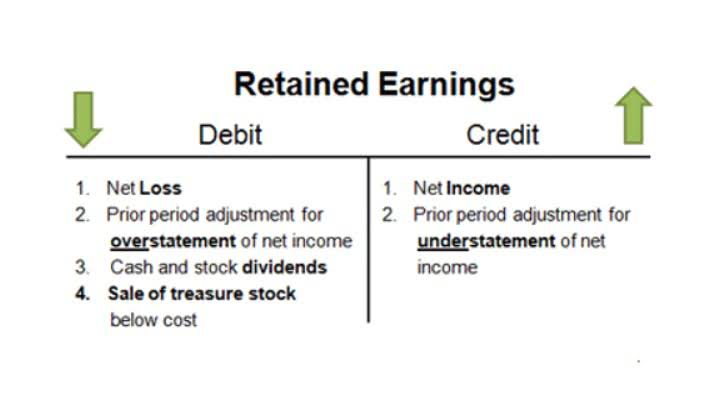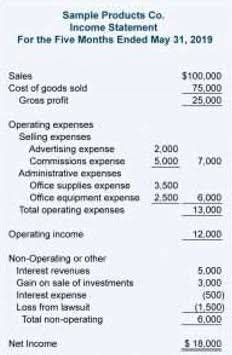Calculating Compound Interest in Excel: A Guide

The core of your compound interest calculator in Excel is the compound interest formula. This formula is used to calculate the future value (FV) of an investment or loan, given the initial principal, the interest rate, and the number of compounding periods. Finally, subtract the initial investment from the sum of the present values of all cash flows to determine the NPV of the investment or project. Both investors and creditors use a present value calculator to evaluate potential investments and measure the return on current projects. The time value of money concept is important because it allows investors to measure what their investment returns are worth today and whether there are better options available. Present value, often called the discounted value, is a financial formula that calculates how much a given amount of money received on a future date is worth in today’s dollars.
How does the discount rate used in net present value calculations affect the result?

NPV is a key figure in finance, helping to assess the profitability and viability of investments. IRR is typically used to assess the minimum discount rate at which a company will accept the project. It allows you to establish reasonably quickly whether the project should be considered as an option or discarded because of its low profitability.
- Alternatively, the company could invest that money in securities with an expected annual return of 8%.
- While you can calculate PV in Excel, you can also calculate net present value (NPV).
- If the future value is shown as an outflow, then Excel will show the present value as an inflow.
- Of course, both calculations also hinge on whether the rate of return you chose is accurate.
- If you expect to have $50,000 in your bank account 10 years from now, with the interest rate at 5%, you can figure out the amount that would be invested today to achieve this.
Forex Calculators

Instead of a future value of $15,000, perhaps you want to find the present value of a future value of $20,000. Calculate the Present Value and Present Value Interest Factor (PVIF) for a future value return. This basic present value calculator compounds interest daily, monthly, or yearly. PV (along with FV, I/Y, N, and PMT) is an important element in the time value of money, which forms the backbone of finance.
Understanding Present Value

It represents your forgone rate of return if you chose to accept an amount in the future vs. the same amount today. The discount rate is highly subjective because it’s simply the rate of return you might expect to receive if you invested today’s dollars for a period of time, which can only be estimated. To calculate the present value of a stream of future cash flows you would repeat the formula for each cash flow and then total them. Fortunately, you can easily do this using software or an online calculator rather than by hand. For example, if you are due to receive $1,000 five years from now—the future value (FV)—what is that worth to you today? Using the same 5% interest rate compounded annually, the answer is about $784.
- NPV is widely used in capital budgeting to evaluate the profitability of potential investments in long-term assets, such as machinery, equipment, and real estate.
- The core premise of the present value theory is based on the time value of money (TVM), which states that a dollar today is worth more than a dollar received in the future.
- This higher discount rate reduces the present value of future cash inflows, leading to a lower NPV.
- It allows you to establish reasonably quickly whether the project should be considered as an option or discarded because of its low profitability.
It is based on the concept of the time value of money, which states that a dollar today is worth more than it is tomorrow. Both NPV and ROI (Return on Investment) are important, but they serve different purposes. NPV provides a dollar amount that indicates the projected profitability of an investment, considering the time value of money.
How much will you need each month during retirement?
Management views the equipment and securities as comparable investment risks. In the context of evaluating corporate securities, the net present value calculation what is the present value formula is often called discounted cash flow (DCF) analysis. It’s the method used by Warren Buffett to compare the NPV of a company’s future DCFs with its current price.

- To learn more about or do calculations on future value instead, feel free to pop on over to our Future Value Calculator.
- All such information is provided solely for convenience purposes only and all users thereof should be guided accordingly.
- If we calculate the present value of that future $10,000 with an inflation rate of 7% using the net present value calculator above, the result will be $7,129.86.
- By utilizing these financial tools effectively, investors and financial managers can optimize their investment portfolios and maximize their returns on investment.
- For example, if compounding occurs monthly the number of time periods should be the number of months of investment, and the interest rate should be converted to a monthly interest rate rather than yearly.

